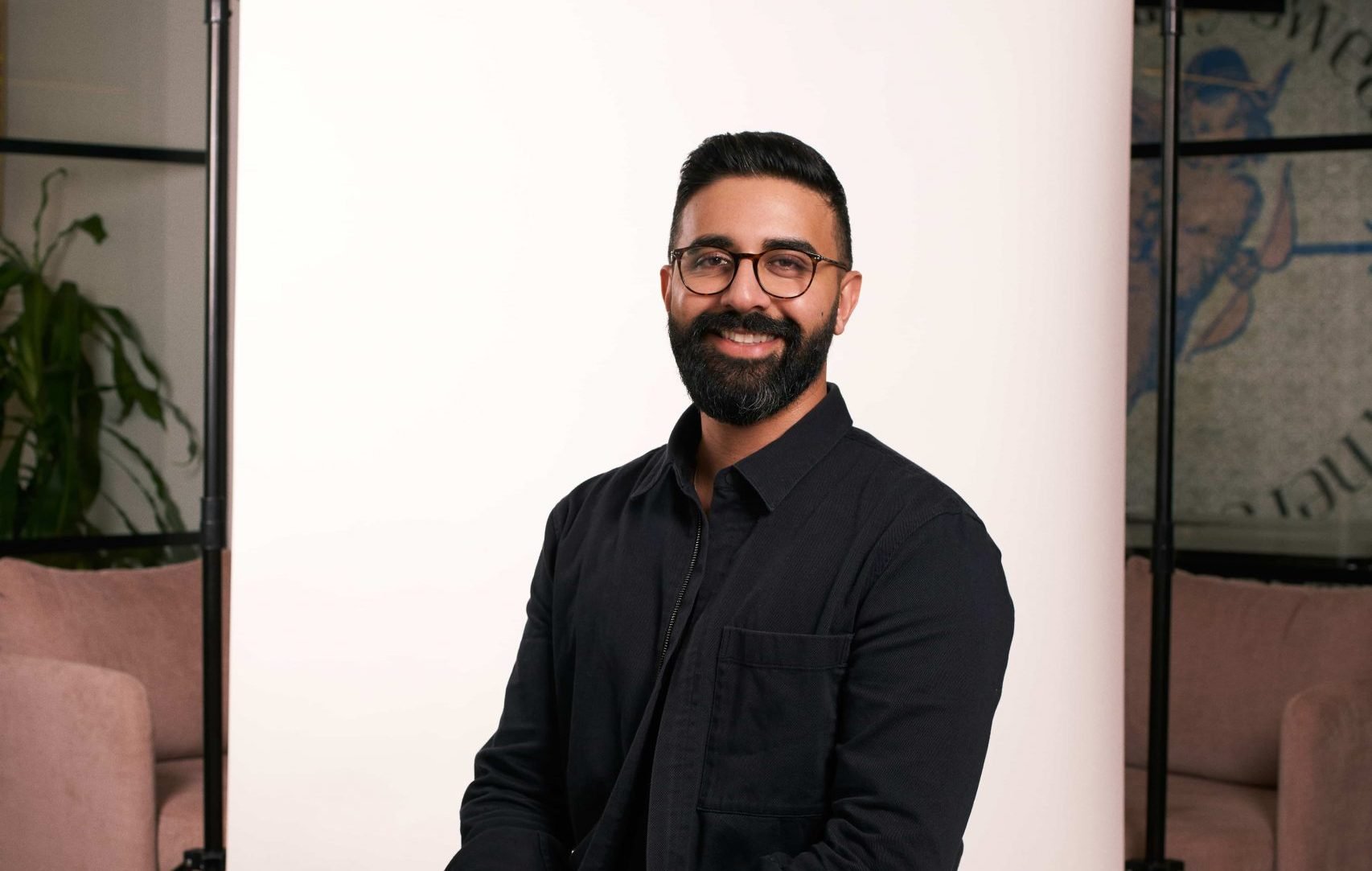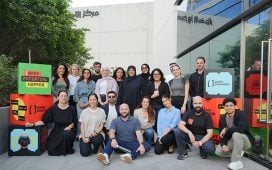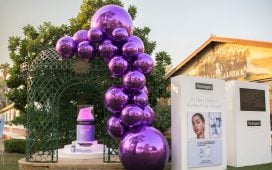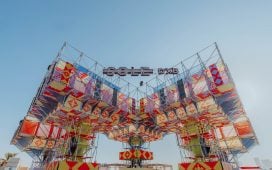
Out-of-home advertising has been called a dinosaur more times than the oldest guy in your office, yet like that trustworthy elderly dude, it still stands tall. I’m not here to predict the end of billboards or public signage —they’re not going anywhere, now or ever.
But let’s face it: spending big on OOH visibility just to have a few people take action doesn’t add up for most brands. The future isn’t about simply dumping dollars into digital either, losing the powerful impact of real-world engagement and forsaking the power of presence.
Presence, after all, is where OOH shines. A billboard, for all its faults — high costs, lack of targeting, inefficiency— still screams, “We’re here!” It’s a marker, a flag in the ground, an investment in the conversation, locally and tangibly. But unless you’re doing something extraordinary or have the guts to put heart-stopping courage behind your creative, a billboard is often just a marker, not a moment or movement.
The reality? Live experiences have stepped up to bridge the digital and physical worlds, offering the presence that OOH once did while unlocking a reliable component of digital amplification.
Whether it’s a one-on-one encounter, activation, stunt, or full-blown event, experiences create the credible, local, on-ground engagement and opportunities that an image in a town square once did, while also marrying local tangibility with a digital ripple effect.
Even a modestly scaled but cleverly designed influencer event can reach millions, far beyond its budget. It’s only truly experiential, brave, or innovative billboards that actually cross the divide in today’s world, and when you’re pairing high media costs with significant production costs, the proposition suddenly becomes even less appealing.
Live experiences are intrinsically human and thus can seem hard to control. No matter how much you plan them, experiences can feel messier, more unpredictable, and raw, especially when compared with the cold certainty of a pay-to-play media placement. But that’s also exactly why they work, captivating users with content that feels unscripted, even if it’s guided towards strategic outcomes.
Experiences are a canvas for other people’s stories — not a static, controlled image, but a dynamic artwork we create in step with consumers and guests. They invite people to step inside, to become part of something.
They turn storytelling moments into story-making moments, where the audience isn’t just watching—they’re actually participating. They give guests a chance to be part of the narrative, guiding them to moments that actually mean something, where the digital and physical collide—where pixels become presence, and presence gives those pixels power.
Experiences cut through the noise in a way that billboards can’t. They’re the hyperlocal impact, the mass-reach talk-of-the-town, and the water cooler moment—all rolled into one. Whether in person or online, they drive real conversations, not just impressions.
In a world awash with overly polished, AI-generated, and data-washed-down fluff, experiences have the guts to be real, to reach, and to create relevance, pulling rather than pushing people to explore your brand. They don’t just say what they mean to convey—they let you discover and explore it for yourself. And in doing so, they prove that sometimes, experience speaks louder than even the biggest out-of-home headlines, and will continue to do so as our culture increasingly embraces experience over impression, and conversation over blind consumption.
By Usman Saleemi, Partner and ECD, Sweetwater MEA









